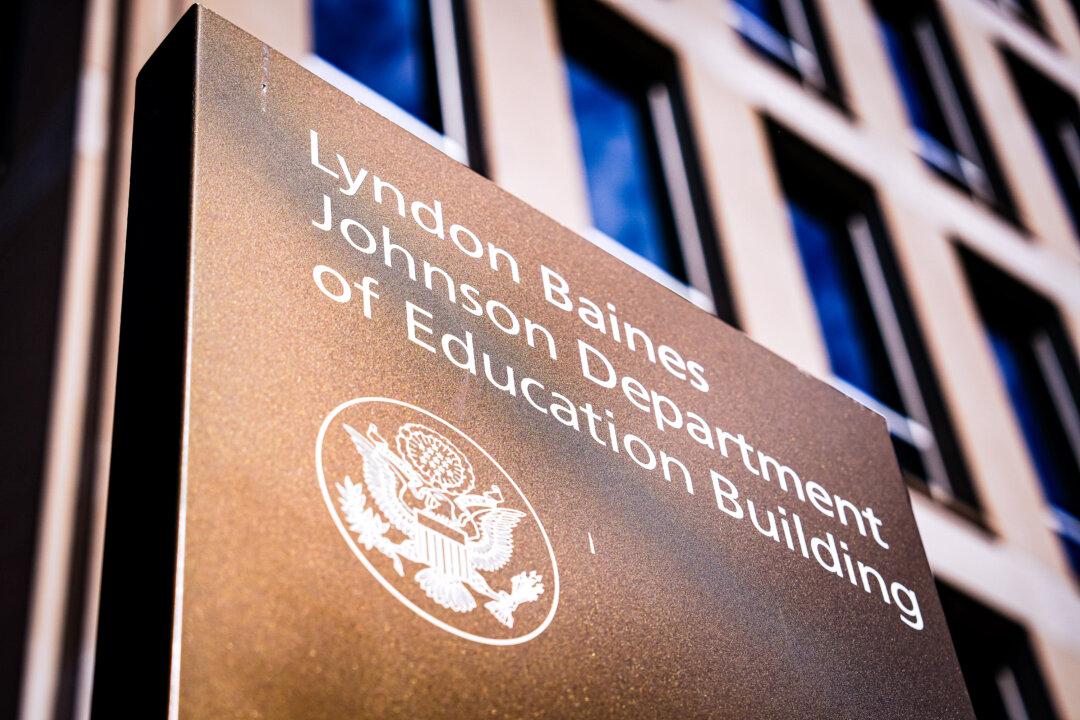Nearly 30 percent of federal student loan borrowers were behind on their payments in January of this year, a few months after they started getting bills again, the U.S. Government Accountability Office found in a new report.
The report, released to the public on Aug. 14, was produced at the request of congressional Republicans to review the state of student loan repayment after more than three years of forbearance that began during the COVID-19 pandemic.





